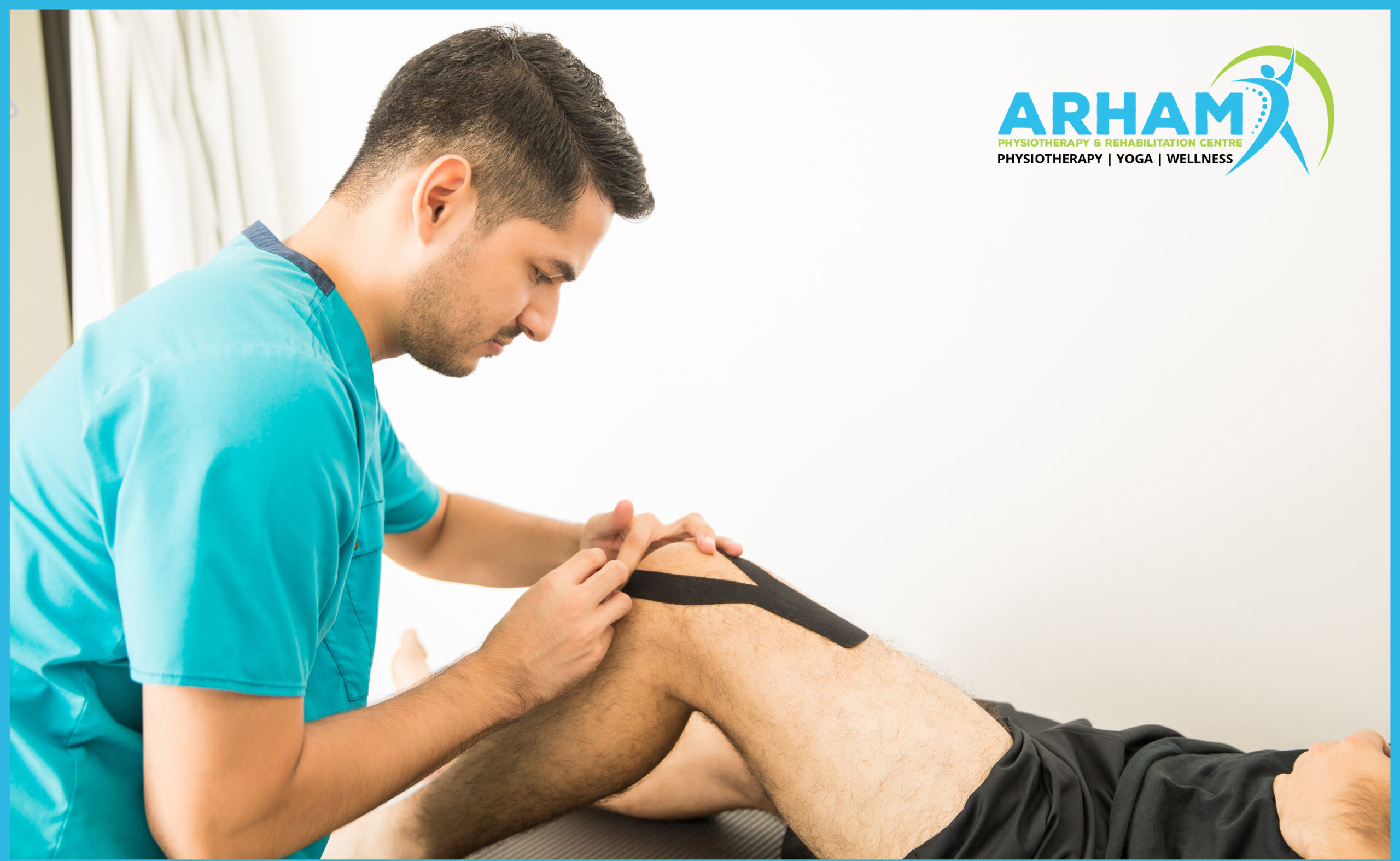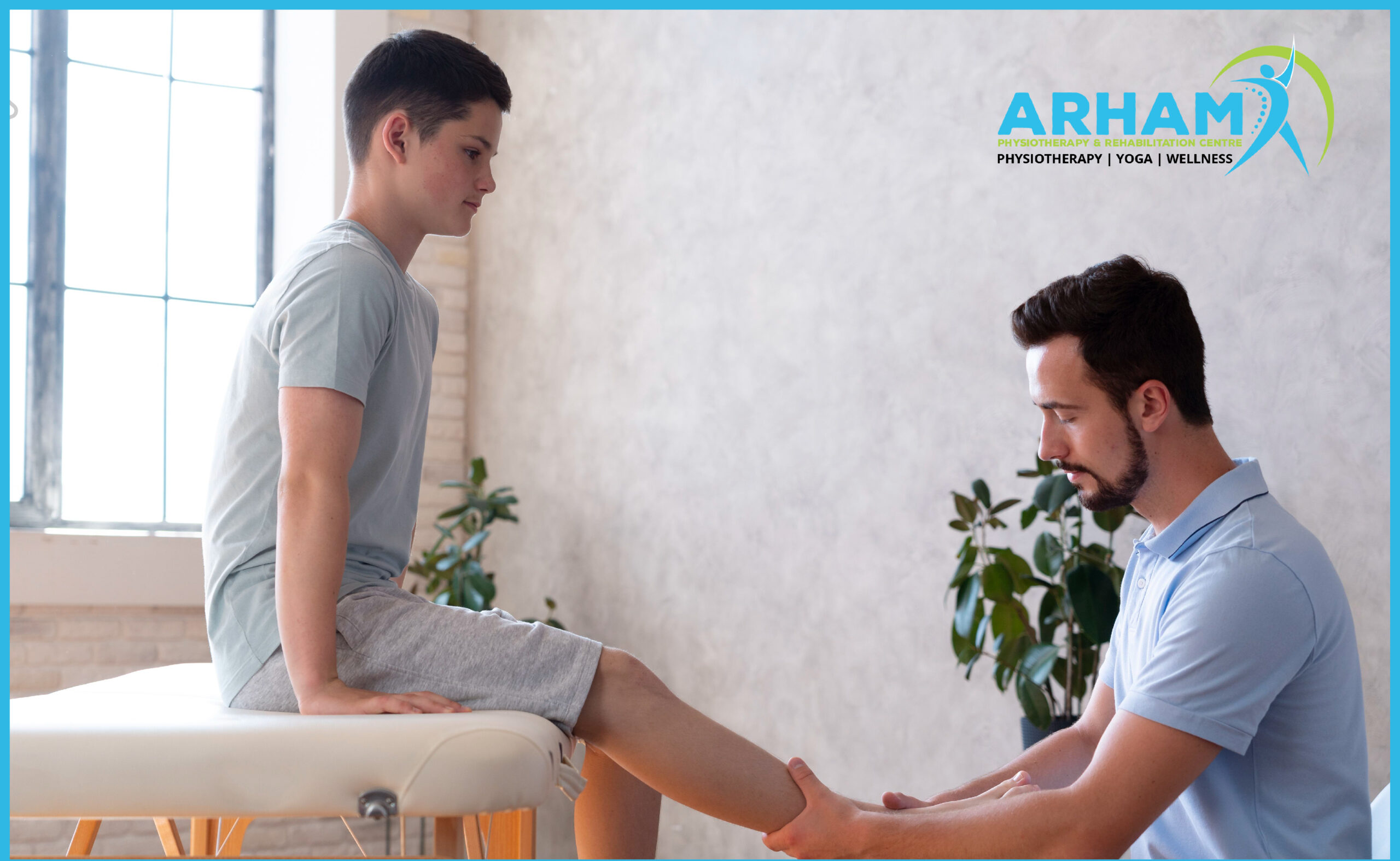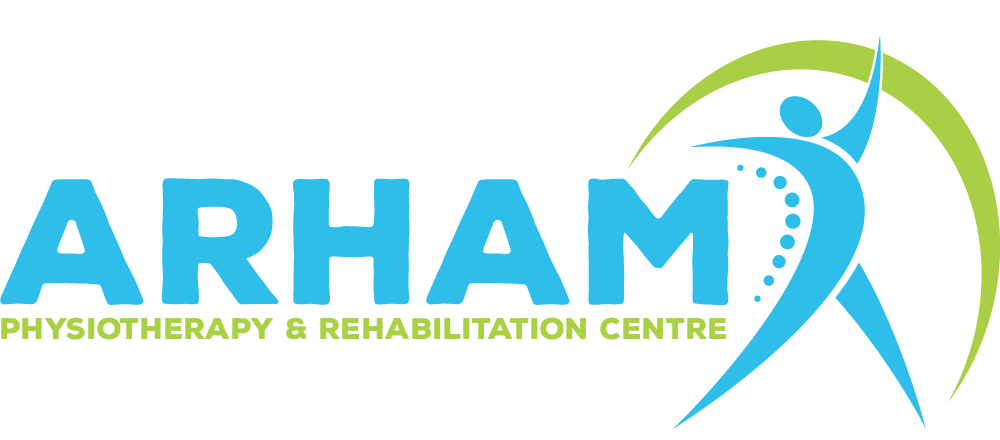Knee Pain Physiotherapy
Knee osteoarthritis is a common degenerative joint condition that causes pain, stiffness, and reduced mobility in the knee. While there is no cure for osteoarthritis, the management of symptoms is essential to improve quality of life. One highly effective approach is knee pain physiotherapy, which focuses on building strength, improving flexibility, and reducing pain. In this blog post, we will delve into the world of knee pain physiotherapy, exploring its role in managing knee osteoarthritis and providing valuable insights into the techniques and strategies employed to alleviate pain and enhance function.
Table of Contents
ToggleUnderstanding Knee Osteoarthritis: Causes, Symptoms, and Progression
To effectively manage knee osteoarthritis, it’s crucial to understand its causes, symptoms, and how the condition progresses over time. Knee osteoarthritis occurs when the protective cartilage that cushions the knee joint wears down, leading to friction, inflammation, and pain. Symptoms you may feel is swelling, stiffness, joint pain, and decreased range of motion. By gaining a comprehensive understanding of knee osteoarthritis, both patients and physiotherapists can work together to develop appropriate treatment plans.
The Role of Physiotherapy in Managing Knee Osteoarthritis: An Overview
Physiotherapy plays a vital role in managing knee osteoarthritis by focusing on improving pain, function, and overall quality of life. A skilled physiotherapist will conduct a thorough assessment, considering factors such as the patient’s pain level, range of motion, and strength. Based on this evaluation, a tailored treatment plan will be developed to address specific needs and goals.
Assessing Knee Function: Physical Examination and Diagnostic Tools
To determine the severity of knee osteoarthritis and establish an effective treatment plan, physiotherapists employ various assessment techniques. These may include a physical examination, joint range of motion measurements, and the use of diagnostic tools such as X-rays or MRI scans. These assessments provide valuable insights into the condition and guide the development of a personalized treatment approach.
Strengthening Exercises for Knee Osteoarthritis: Building Muscles to Support the Joint
Strengthening exercises are a fundamental component of knee pain physiotherapy. By targeting the muscles surrounding the knee joint, such as the quadriceps and hamstrings, strength can be improved to provide greater stability and support. These exercises may include leg presses, squats, and step-ups, which help alleviate stress on the joint and reduce pain.

Range of Motion and Flexibility Exercises: Improving Joint Mobility and Flexibility
Maintaining and improving joint mobility and flexibility is essential for managing knee osteoarthritis. Physiotherapists prescribe specific exercises, such as gentle stretches and range of motion movements, to improve flexibility and decrease stiffness. These exercises help to maintain joint function and reduce discomfort.
Low-Impact Aerobic Exercises: Enhancing Cardiovascular Health without Straining the Knee
Aerobic exercises are crucial for overall cardiovascular health, but high-impact activities can be challenging for individuals with knee osteoarthritis. Low-impact exercises, such as cycling, swimming, or using an elliptical machine, provide an effective alternative. These exercises improve cardiovascular fitness without placing excessive strain on the knee joint, making them suitable for individuals with knee pain.
Pain Management Techniques in Knee Pain Physiotherapy: Modalities and Strategies
Pain management is a significant aspect of knee pain physiotherapy. Physiotherapists employ various modalities and strategies, such as heat or cold therapy, transcutaneous electrical nerve stimulation (TENS), and manual therapy techniques, to alleviate pain and reduce inflammation.
Heat and Cold Therapy: Soothing Relief for Knee Pain
Heat and cold therapy are commonly used modalities in knee pain physiotherapy. Heat therapy, applied through warm packs or heating pads, helps to increase blood flow, relax muscles, and reduce stiffness. On the other hand, cold therapy, using ice packs or cold compresses, can reduce inflammation, numb the area, and alleviate pain. These therapies can be alternated based on the individual’s needs and preferences.
Transcutaneous Electrical Nerve Stimulation (TENS): Targeted Pain Relief
Transcutaneous Electrical Nerve Stimulation (TENS) is a non-invasive technique that uses a small device to deliver low-voltage electrical currents to specific areas of the body. In knee pain physiotherapy, TENS can help block pain signals, promote the release of endorphins (natural pain-relieving chemicals), and provide targeted pain relief. TENS units can be used under the guidance of a physiotherapist or prescribed for home use.
Manual Therapy Techniques: Hands-On Approach to Pain Reduction
Manual therapy techniques are integral to knee pain physiotherapy, aiming to reduce pain and improve joint mobility. Physiotherapists use techniques such as joint mobilization, soft tissue mobilization, and myofascial release to address tight muscles, trigger points, and joint restrictions. By employing skilled hands-on techniques, physiotherapists can help restore proper alignment, reduce pain, and enhance overall function.
Exercise and Stretching: Strengthening and Flexibility for Pain Relief
Exercise and stretching play a significant role in managing knee pain. Physiotherapists prescribe specific exercises and stretches tailored to the individual’s condition and goals. Strengthening exercises focus on improving muscle support around the knee joint, reducing stress on the joint, and alleviating pain. Flexibility exercises help improve range of motion, decrease stiffness, and enhance overall joint function.

Pain Education and Coping Strategies: Empowering Individuals
In knee pain physiotherapy, patient education and coping strategies are essential components of pain management. Physiotherapists educate individuals about their condition, teaching them techniques to manage and cope with pain effectively. This may include educating patients on proper posture, body mechanics, ergonomic modifications, and relaxation techniques. Empowering individuals with knowledge and strategies enables them to actively participate in their pain management journey.
Assistive Devices and Bracing: Support and Pain Reduction during Activities
Assistive devices and bracing can provide support and reduce pain during daily activities for individuals with knee pain. Physiotherapists may recommend the use of knee braces, orthotics, or assistive devices such as canes or walkers to offload stress from the knee joint, improve stability, and alleviate pain. These devices can be beneficial in both the short term and long term, depending on the individual’s needs.
Also Read: How Women Health Will Be Maintained Using Physiotherapy?
Lifestyle Modifications: Enhancing Pain Management and Joint Health
Lifestyle modifications play a crucial role in pain management and overall joint health. Physiotherapists guide individuals in making appropriate lifestyle changes, including weight management strategies, balanced nutrition, and joint protection techniques.


Pingback: How to Prevent Accidental Fractures
Pingback: How to Prevent Headaches and Migraines
Pingback: Pediatric Rehabilitation for Common Sports Injuries in Children
Pingback: The Benefits of Movement for Easing Knee Pain
Pingback: How Pain Relief Physiotherapy Can Help You Recover Faster
Hi arhamphysio.com administrator, You always provide clear explanations and step-by-step instructions.